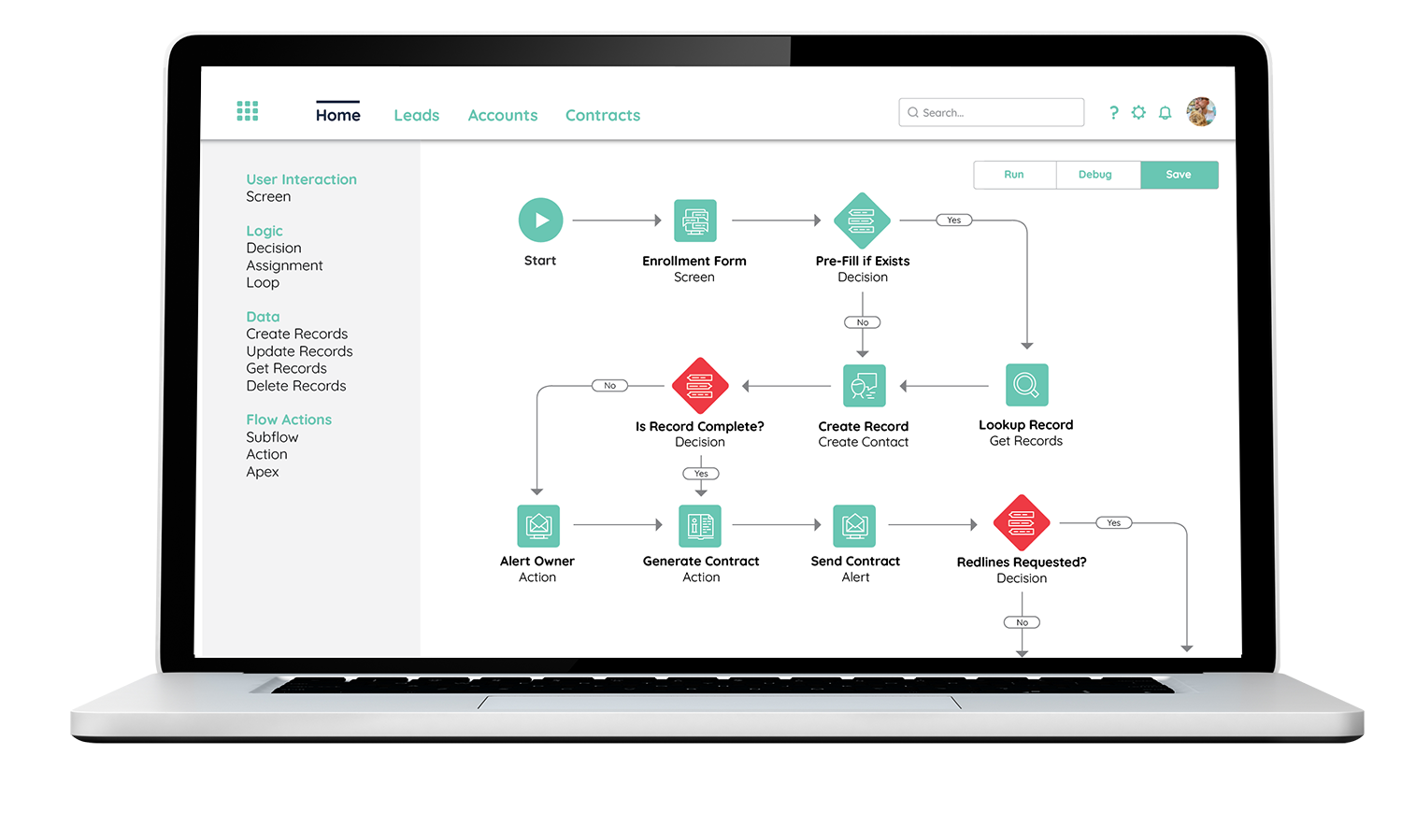On the upside, patients – the end-users of medical devices – are more likely to trust their doctor’s recommendation over traditional marketers. Therefore, a medical devices company would need to set up a robust provider relationship management platform that integrates its marketing, sales, supply chain, and operations data to effectively engage providers and reach its client base. It is necessary to impress providers and furnish them with meaningful information to promote the clinical outcomes of a medical device effectively.
Today, it is necessary to incorporate provider experience operations into the customer relationship management (CRM) tool to make it an effective provider relationship management solution. This approach to marketing goes a long way to generate sales, improve referrals, and general provider experience. Here is a summarized guide on how medical device companies can optimize provider experience to reach a wider market and remain competitive in a changing industry.
Seamless Recruitment and Onboarding
Today, many medical device companies are burdened by complex recruitment and onboarding requirements when engaging providers. This is one of the greatest hindrances to transparency in the lead funnel and the effectiveness of their recruitment strategies. Ultimately, when strategies fail to reach expectations, diagnosing problem areas is even more difficult.
A seamless onboarding process for providers steadily but assuredly boosts the company’s chances of lead conversion. Simplified recruitment and onboarding increases provider satisfaction, improves engagement and elevates the customers’ buying experiences.
A medical device company with seamless referral and onboarding systems and processes – all unified under a single provider relationship management platform – has a higher probability of signing and engaging more consistent providers than another with more complicated systems or processes.
A refined recruitment and onboarding platform benefits a medical device company in even more ways. For instance, it provides company leadership with visibility into onboarding status. Management and marketing teams can easily track onboarding steps by mastering the paths, systems, and performance of each device. This helps the company make more informed business decisions at every step.
Standardized Provider Credentialing
Provider credentialing refers to the process of verifying the credentials of a healthcare provider. This involves ensuring that they have the required skills, licenses, and certifications to provide the services that use medical devices.
Credentialing is necessary for marketing medical devices to providers mainly for compliance purposes. A standardized credentialing system is necessary to make the tracking, storing, and referencing of credentials consistent. It is also much easier to market devices to qualified and licensed providers because many patients pay for their healthcare using insurance.
A major benefit of using a standardized provider credentialing system is the level of transparency it offers in the CRM-based provider relationship management platform. It affords medical device marketers and companies an up-to-date status of the provider credentials at all stages.

Automated Invoice Management
Like most other finance processes, invoice management can quickly become a tangled and burdensome mess when not done correctly. Despite their best intentions, many medical device companies have some form of invoicing processes they find easier to use. However, long-term invoice management solutions are necessary for cutting time-to-payment, particularly for digital payments.
An automated invoice management system also provides much-needed visibility into each provider’s invoices and status. For example, authorized departments can view open, paid, unpaid, and overdue invoices with simple filters. This makes it easy for them to focus on essential tasks.
In addition, the sales and customer service teams can access invoicing information with greater ease to provide personalized services to providers whenever an issue arises.
Intuitive Order and Inventory Management
Managing inventory is one of the most critical aspects of a medical device company. The latest trend is to set up easy-to-use self-service portals such as digital storefronts from which providers can order additional devices or consumables. When the ordering process is simplified, it results in shorter lead times, more sales and revenue, and improved delivery performance.
An intuitive order and inventory management platform also alleviates manual work, consequently lowering operations costs and minimizing errors. In addition, it encourages accurate planning and future stock demand estimation and produces much-needed cross-selling opportunities.
Comprehensive Patient Management
The top priority of every stakeholder in the healthcare industry is caring for patients. For this reason, every medical device company needs a comprehensive patient management system that tracks and stores patient information. The platform should keep records of all relevant patient information, including diagnoses and data on their usage of devices once they leave the doctor’s office.
Comprehensive patient management features incorporated in the CRM system greatly help a medical device company keep track of medical outcomes. This data can help the research and development teams to improve the performance of medical devices.
By providing real-time access to data, a patient management system goes a long way to reducing delays in care plan adjustments. Such features that reduce data lags will also help providers better understand the medical device and optimize treatment based on real data.
Knowledge and Education- Driven Marketing
In the last decade, the most successful medical device manufacturers have been designing and creating patient-centric products. In this age of connectivity, more patients and providers expect to find all the information they can about a medical product more easily. To gain an edge in such a market, a medical device company must have a central place where providers can reach product information to share with patients in real-time and on-demand.
To patients, healthcare is never about business or transactional interactions. They expect value for the price they pay and trust providers to have satisfactory answers when they have questions or concerns about medical devices. Therefore, it is beneficial for medical device companies to ensure providers have the most up-to-date and easy-to-understand marketing and product information.
Centralized Form and Document Management
A company that depends on patient and provider information to market its products may, over time, find collecting information, documents, and records and keeping them organized overwhelming. This is where a digital form and document management system comes to the rescue.
At its core, a form and document management system is a software system that collects, processes, stores, and retrieves digital documents. It improves the efficiency of data collection, retrieval, and sharing, secures patient and provider information, and helps in data protection compliance.
For a medical device company in the current US market, a robust form and document management system is necessary. At its highest level, the system eliminates inefficiencies and common data collection errors and significantly reduces time to contract. In replacing the need for physical paper, a centralized form and document management system also helps the company reduce its carbon footprint and boost environmental conservation goals.
Simplified Case Management
Every company in the healthcare industry often has to manage complex processes that involve many actions, multiple staff and third parties, and heavy documentation. For instance, a medical device company may need to match patients with providers, their detailed diagnoses and follow-up data analyzed, and recovery compared to those of similar patients using the same product.
All complex procedures are highly collaborative, and the data involved is extensive. A good case management system should simplify every process of CRM and have an easily referenceable case management knowledge base. It should make onboarding customer service representatives straightforward with a tool that provides them case guidance and directions.
A medical device company would need a simplified case management platform that makes case routing and skill matching more effective. This would go a long way to improve service outcomes as well as reduce time-to-close for marketers.
Full-Featured Omnichannel Support
We live in a digital era where providers rely on diverse touchpoints in their journey with a brand. It is critical that a medical device company provides support services with different communication options, including phone and SMS, email, company portal, social media, etc.
Rolling out an omnichannel provider relationship management platform greatly reduces hitches and gaps when transitioning open cases between teams and communication platforms. This makes the communication between the company and providers more efficient. Improved communication with providers typically leads to a reduced need for them to provide redundant information and helps boost customer satisfaction.
Final Thoughts
The medical device industry is vibrant and more promising than ever for forward-looking and tech-savvy companies. Accelerating growth and pushing past the competition demands effort and takes time – it requires that the medical device company provides better service, products, and outreach than the competition does, all under a unified provider relationship management platform.


